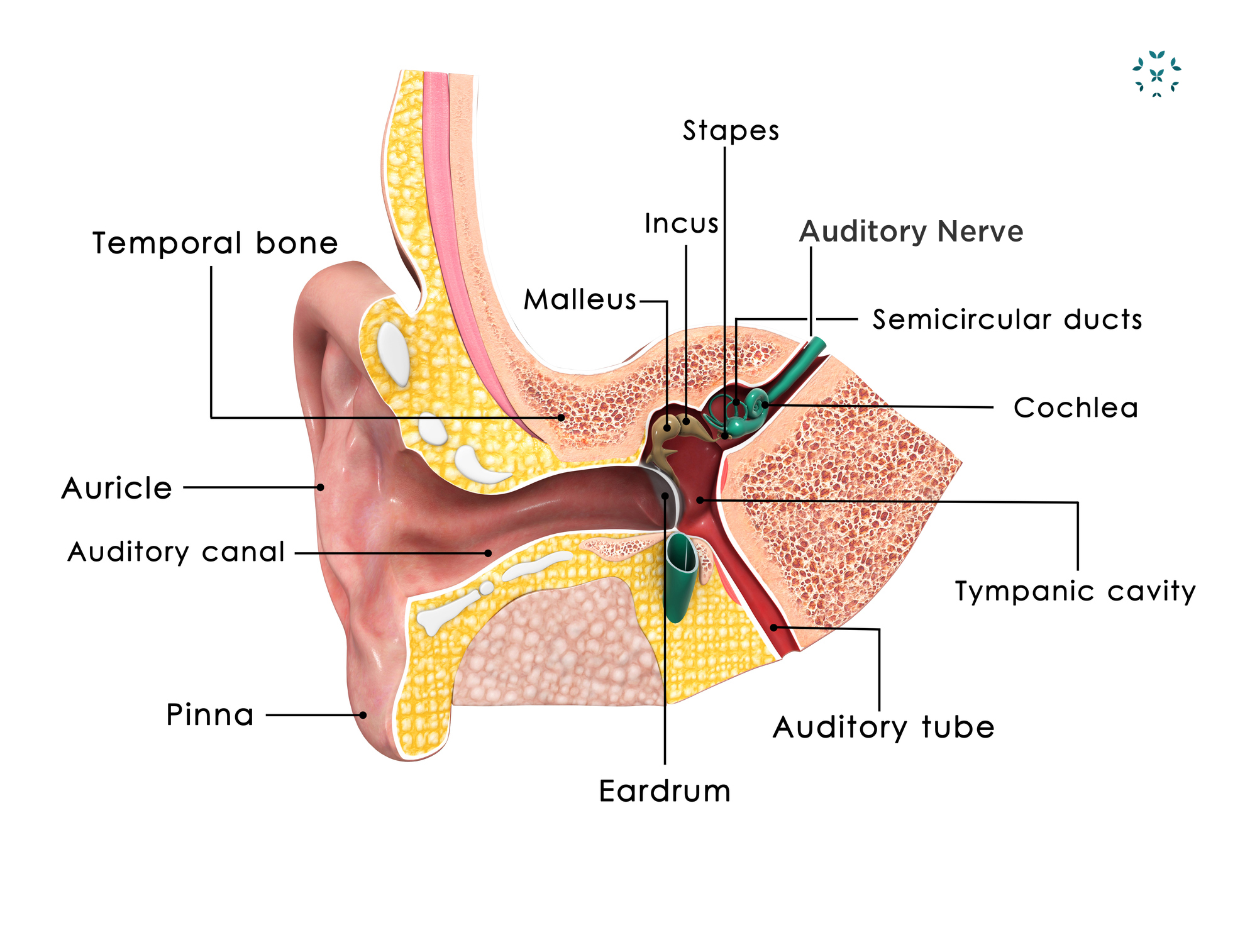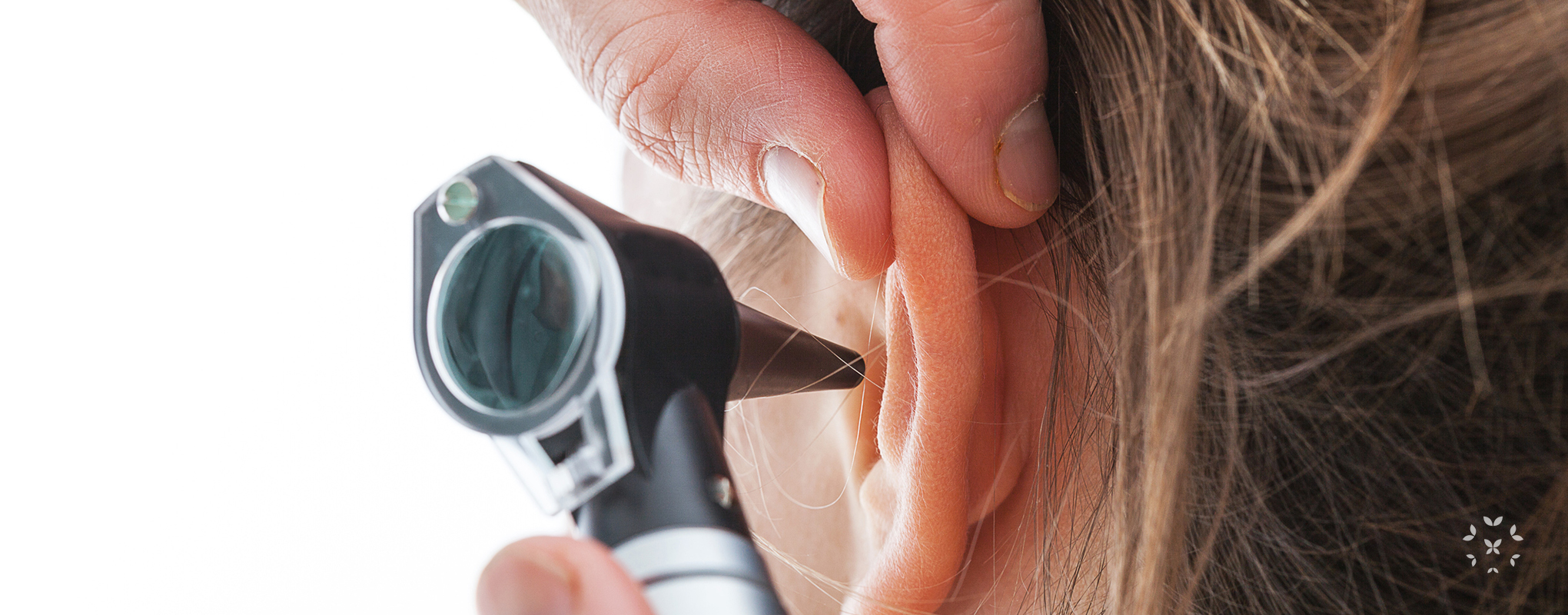Lupus and Disorders of the Ear
There are estimates that up to 70% of those with SLE report problems with hearing and/or feeling dizzy. If that statistic perks up your ears, keep reading!
- Introduction to Lupus and Disorders of the Ear
- A Quick Anatomy of Hearing and Balance
- How can lupus cause ear and hearing disorders?
- How to Protect Hearing and the Inner Ear
- In Conclusion
.
Introduction to Lupus and Disorders of the Ear
Ears are tiny yet powerful organs. It is hard to believe something so small can carry the burden of a person’s hearing and staying in tune with the world – while also keeping the body balanced and one’s feet firmly planted on the ground. Yet, lupus and its ability to attack any part of the body, can affect those very hearing and balance systems that lie within the ears.
The effects can include:
- Sensorineural Hearing Loss: the most common form of difficulty in hearing sounds
- Tinnitus: ringing in the ears (tinnitus) or
- Vertigo: dizziness, sometimes to the point of feeling like you might fall over
It is even possible to experience all three during high disease activity or a flare. Though these conditions do not often make the lists of top lupus symptoms, they are not uncommon, and they can be serious. So, it is important to understand how lupus can cause these conditions, what signs to look for, and how to protect against damage.
The most common causes for inner ear and hearing disorders from lupus are:
- Vasculitis, inflammation of the blood vessels leading to the ears, and
- Autoimmune ear disorder (AIED), when the immune system attacks the inner ear itself.
Before describing these in greater detail, it would be a good idea to briefly review the anatomy of the ear as it pertains to hearing and the sense of balance.
.

.
A Quick Anatomy of Hearing and Balance
For Hearing: Sound waves enter the ear and travel through the auditory canal to a structure called the eardrum (tympanum), which vibrates at the frequencies of those sound waves. These vibrations are transferred to three tiny bones called the hammer (malleus), anvil (incus) and stirrup (stapes). Vibrations from the stapes, then enter the cochlea, a complex structure where all of the audible frequencies of sound are turned into nerve signals. These signals travel to the brain by the auditory nerve where they are interpreted as sound.
This is a complicated process and requires very delicate structures that can be easily damaged. If damage occurs at any point in this process, it can cause hearing loss.
For Balance: Right next to the cochlea are three small tubes called the semicircular canals or ducts, and they are important for maintaining a sense of balance. Fluid in these ducts, move as the head moves. Tiny hairs in the ducts sense this motion and relay this information to the brain by the vestibular nerve, which runs right with the auditory nerve. The brain interprets this motion and then controls the muscles to compensate for any movement in order to maintain balance. As with hearing, this is complex and requires many delicate structures that may be damaged by the autoimmune response due to lupus.
Yet, how does this damage happen?

How can lupus cause ear and hearing disorders?
Vasculitis: Vasculitis is the leading cause of ear and hearing disorders in lupus. The vessels of your ears can fill with autoimmune complexes (antigen-antibody groups) and these cause inflammation of the ear’s tiny blood vessels. This inflammation restricts blood flow, and the structures necessary for hearing and balance can be damaged – resulting in tinnitus, hearing loss or vertigo. Sensorineural hearing loss (SNHL), the most common type of hearing loss, for those with lupus is due to vasculitis.
Vasculitis is typically treated with steroids and immunosuppressants to reduce the inflammation and the creation of the autoimmune complexes. In severe cases of hearing loss, hearing aids may be necessary.
Autoimmune Ear Disorder (AEID): Autoimmune ear disorder is another common cause of ear loss in lupus, affecting about 30% of those with SLE. AIED is not well understood, but can occur when the immune system attacks specific inner ear antigens. This triggers T-cells to attack parts of the inner ear and the development of autoantibodies. AIED progresses rapidly, often starting in one ear then spreading to both over an average of 90 days. About 50% of those with AEID may experience balance issues, vertigo, or tinnitus. If untreated, AIED can damage the cochlea, trigger cochlear vasculitis, and cause fluid buildup in the inner ear (endolymphatic hydrops).
Because not much is known about autoimmune ear disorder, there are no standardized diagnostic tools for practitioners to follow. AIED tests that look for antigens in the inner ear are expensive and not widely available. If AEID is suspected, the treatment may include immunosuppressives and corticosteroids.
If AIED is treated quickly, hearing loss may be reversible. If not, hearing aids or even cochlear implants – small electric devices that send sounds directly to the auditory nerve – may be necessary to restore hearing.
.
.
How to Protect Hearing and the Inner Ear
The World Health Organization recommends the following steps to protect hearing:
Keep the volume down. If you can’t avoid a noisy environment, wear earplugs or noise-canceling earphones to protect your hearing. Be mindful of the intensity of sound.
Limit time engaged in noisy activities. Limit streaming music on your audio devices to about an hour a day. Take listening breaks if you are in a noisy room, sporting event, club, or sports arena and find places with limited noise exposure.
Know the signs of hearing loss. If you are having problems hearing things you usually can, it is time to reach out to your provider.
Get regular hearing check-ups: Ask your practitioner for regular hearing screenings while you are young so you both can stay on top of your hearing health.
Keeping your ears clean and healthy is also a protective measure. The Cleveland Clinic recommends the following:
Use a washcloth on your finger to keep your ears clean. Avoid cotton swabs, bobby pins, or anything with a sharp point. Talk with your practitioner about other ways to remove earwax buildup.
If you wear pierced earrings, keep them and your lobes clean with rubbing alcohol.
Seek treatment for any ear discomfort right away!
Here is a useful webpage that covers many topics regarding hearing loss in general:https://besthearinghealth.com/hearing-loss/

.
In Conclusion
A person’s sense of balance and hearing relies upon complex and delicate structures in the inner ear – each of which can be damaged as a consequence of lupus. Yet, many of the conditions that cause vertigo or hearing loss can be treated effectively – if caught early. So, be observant, and have your hearing and balance checked regularly. The quicker any changes are noticed and diagnosed, the more likely treatments will be able to prevent serious damage … and doesn’t good ear health have a nice ring to it?
References
Ear care tips. (13, November 2020). The Cleveland Clinic. https://my.clevelandclinic.org/health/articles/13076-ear-care-tips
Rahne, T., Plontke, S., & Keyßer, G. (2019). Vasculitis and the ear: A literature review. Current Opinion, 32, 47-52. doi: 10.1097.BOR.000000000000665.
Stadio, A. & Ralli, M. (2017). Systemic lupus erythematosus and hearing disorders: Literature review and meta-analysis of clinical and temporal bone findings. Journal of International Medical Research, 45(5), 1470-1480. https://doi.org/10.1177%2F0300060516688600
World Health Organization. (n.d.). Make Listening Safe. (https://apps.who.int/iris/bitstream/handle/10665/177884/WHO_NMH_NVI_15.2_eng.pdf;jsessionid=AEDC8FB280784B3C6626980A4DF2B658?sequence=1
Xie, S., Ning, H., She, Y., Jing, Q., Jiang, Q., Zhang, Y., Mei, L, Feng, Y., & Wu, X. (2019). Effect of systemic lupus erythematosus and rheumatoid arthritis on sudden sensorineural hearing loss. The Laryngoscope. https://doi.org/10.1002/lary.28455
Author: Liz Heintz
Liz Heintz is a technical and creative writer who received her BA in Communications, Advocacy, and Relational Communications from Marylhurst University in Lake Oswego, Oregon. She most recently worked for several years in the healthcare industry. A native of San Francisco, California, Liz now calls the beautiful Pacific Northwest home.
All images unless otherwise noted are property of and were created by Kaleidoscope Fighting Lupus. To use one of these images, please contact us at [email protected] for written permission; image credit and link-back must be given to Kaleidoscope Fighting Lupus.
All resources provided by us are for informational purposes only and should be used as a guide or for supplemental information, not to replace the advice of a medical professional. The personal views expressed here do not necessarily encompass the views of the organization, but the information has been vetted as a relevant resource. We encourage you to be your strongest advocate and always contact your healthcare practitioner with any specific questions or concerns.


